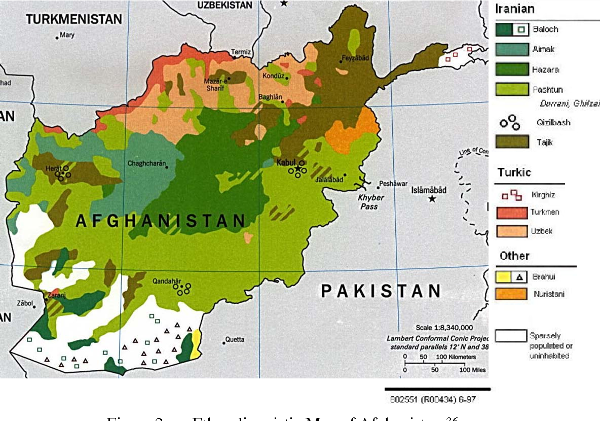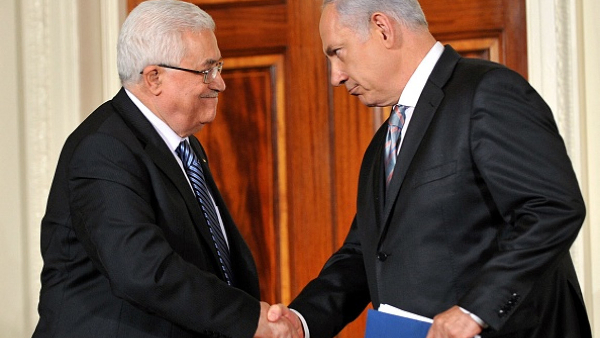At the time of drawing the map of the Middle East in the last two centuries, the boundary lines were established so that meet the interests of French and England as the old colonial powers historical facts, geographical, ethnic and religious are missed in drawing the boundaries. Therefore, these borders create multiple crises in the Middle East as a constant challenge.
Ethnic and religious differences because of dissatisfaction with the boundaries imposed are among those factors that causes permanent contradictions and conflicts in the region. Colonial powers also by ethnic and religious differences try to weaken the country's forces of the Islamic world.
For example, one of the main reasons for the escalation of the crisis in Iraq is Specific characteristics of the country's demography and cleavages of ethnicity (Arab-Kurds) and religion (Sunni-Shiite). The establishment of the Iraqi state has been affected by the balance of power after World War I so this country established because of equations in the international system at the beginning of the twentieth century, not based on historical, cultural and identical borders.
Iraq is a diverse society with diverse ethnic, religious and tribal context. It can be called a mosaic country. This means that this country on the one hand is the nexus of various ethnic groups and the other is the interaction between the Sunni and Shiite sects. The ethnic and religious diversity in the structures of power in Iraq from the past up to now has left its effects.
Deeply religious and ethnic divisions in Iraq have caused that religious and ethnic identity has always been superior to the national identity and this factor acts as an obstacle on the path to creating a unified national identity based on integrated political structure in Iraq.
Ethnic gaps in Syria (Arabic- Kurdish) and religious divide (Sunni- Alawite) aggravate the crisis in the country. Although these two factors cannot be considered the main cause of the crisis in Syria, certainly not affect the spread and persistence of the crisis.
Although the main source of Syrian crisis is not the religious Gap (Sunni- Alawite), induction of religious and tribal wars cause a huge influx of extremist Takfiri to the country and has added to the scope and scale of the crisis.
Lack of development of the nation-state or in other words "national identity" and a growing gap between national identity and ethnic and religious identities are the inherent characteristics of most countries in the Middle East. This situation leads to crisis, one after another and creates a complex security mechanism.
The absence of a comprehensive and unified identity in many Middle Eastern countries, which leads to the development of national and regional conflicts because of the ineffectiveness of the political regimes in resolving the identity crises make international actors influence in the region effected which by intervening in the crisis can provide their political, economic and security interests.
This situation is causing a new crisis because of national resistance against the foreign troops thus a cycle of continuing crisis and the growing shape.
LINK: https://www.ansarpress.com/english/4292































 Violation of the sovereignty and rights of afghan citizens by America
Violation of the sovereignty and rights of afghan citizens by America




